Trademarks & Design: Trademark Filing Strategy
In April, we answered the question "What is a Trademark?" As a reminder, a trademark is a name, logo, slogan, sound or sometimes even a shape or smell that distinguishes one party's goods from another. A trademark registration is a useful (and sometimes necessary) tool to prevent infringement and counterfeiting. Trademark registrations are also assets of a business, and are the repositories of goodwill in brands.
This month, we will discuss trademark filing strategy, and, specifically, whether to file internationally.
Trademark rights are national. That means that an Italian company that uses a trademark to sell its products in Italy, and that owns Italian and/or EU trademark registrations for its marks, might not necessarily be able to prevent third parties from registering and using the same mark in other parts of the world - for example, in China, Russia, South Africa, or even the United States.
Every country has its own trademark office and trademark laws. The world is big (193 countries plus 2 other independent nations), so it is generally too expensive and not necessary for most businesses to protect their marks everywhere.
In every country, trademark applications are filed in "Classes" or categories of goods and services. For example, furniture is in Class 20, lighting fixtures are in Class 11, and cookware is in Class 21.
Businesses should be aware of their top markets, and their most important goods and services, and should periodically consider whether investing in trademark applications in new countries would be a good strategy and use of resources. In addition, most businesses would be well advised to consider registering in China, which is the source of a lot of infringement and is also a "first to file" country - meaning the first person to file a mark can own it, even if a bona fide business is already selling goods there under the trademark. It is hard to get a registration in China, but even harder and more expensive to recover a trademark from an infringer.
There are several strategies for international trademark filing. One is to use local lawyers (e.g.: a lawyer in Italy, another in the United States, and another in Canada) to file national trademark applications. This allows a business to have experienced trademark counsel in each country but can get expensive. It is also possible to file an "international application," which allows one lawyer to file a single application, and designate numerous countries as part of the application. An "international application" is reviewed by the Trademark Office of each designated country, and if approved, there is no need to get local counsel involved. This can be a less expensive and effective way to register a trademark in multiple countries.
Imagine that DESIGNCO is based in Italy, and its top markets are Italy, the UK, the United States, Canada and Brazil. It wants to own its brand in these countries and China. It uses the DESIGNCO brand as a trademark on furniture (Trademark Class 20), lighting fixtures (Trademark Class 11) and cookware (pots and pans) (Trademark Class 21). It might file an application to register DESIGNCO in the EU, and then file an International Application designating the UK, US, Canada, Brazil and China. If successful, DESIGNCO would then be registered in multiple countries and in multiple categories of goods, giving the company an intellectual property asset, and helping the company prevent infringement of the DESIGNCO mark in key jurisdictions.
While an application to register one trademark for one category of goods in one country is relatively inexpensive, the cost of registering multiple trademarks (e.g.: a word, a logo and a slogan) in multiple countries for multiple categories of goods can get expensive. For many companies, this is a worthwhile investment - a brand can be a company's most important asset. For new and growing companies, it is likely not realistic to have an aggressive global strategy, but even so, companies should revisit their strategies as they pivot and grow.
Please feel free to contact me with questions you may have about trademark registration strategy and enforcement of trademarks in the United States and around the world, or if you have suggestions for topics for future columns.
-Stacy
Stacy Grossman is an intellectual property lawyer, focusing on trademark, copyright and related matters. She founded the firm SGIP in 2014, and has been working with Be Original Americas for several years. We are pleased that she has agreed to author a column about trademarks. In it, she shares information about U.S. trademark law that we think will be of interest to our members.


